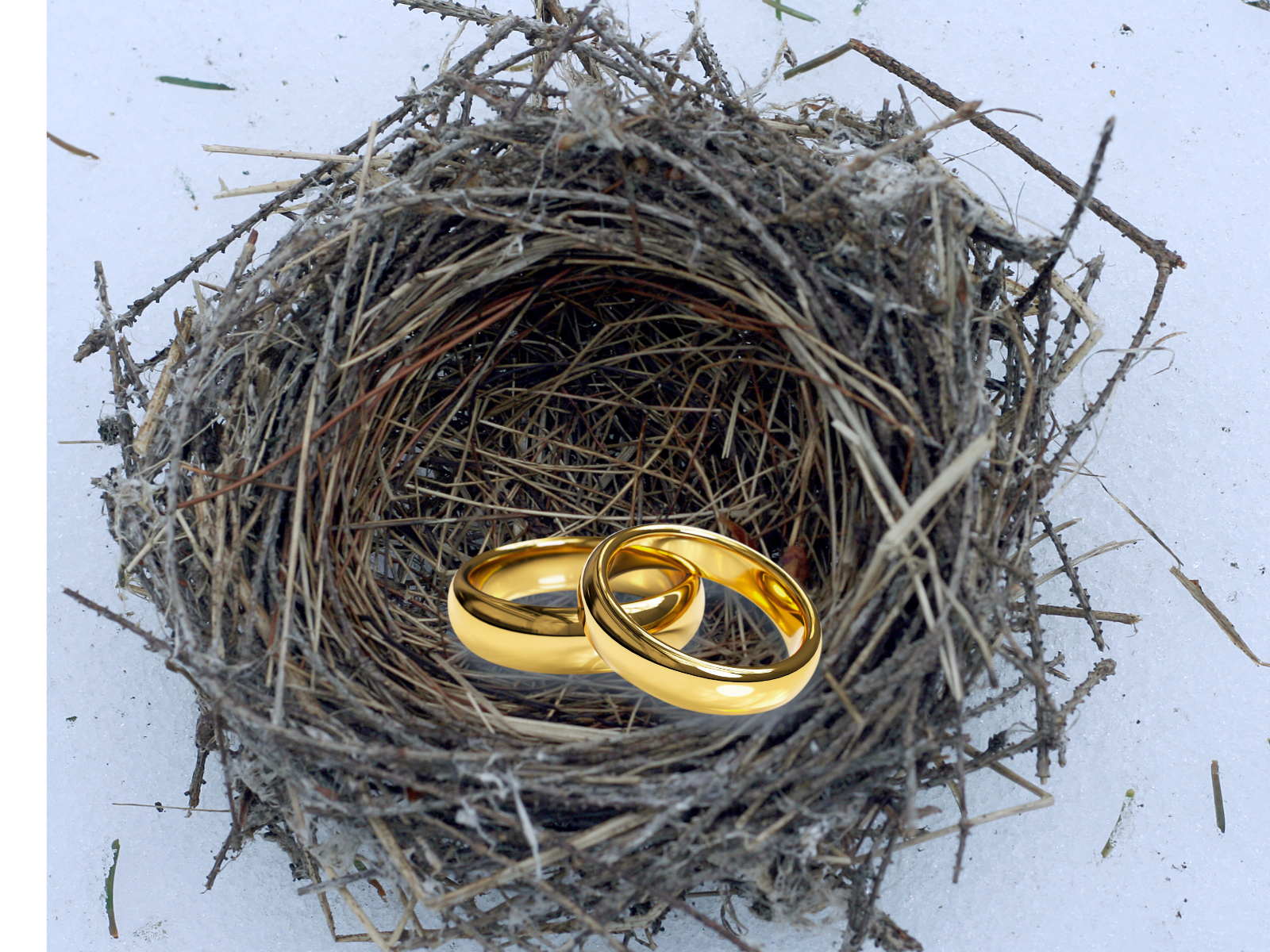Empty Nest Divorce Is Not Inevitable
It is often said that the first seven years of marriage are the worst. And if a marriage/partnership survives that time frame, it has a better than average chance of succeeding. But, we have all heard of the ‘empty nest divorce’ – when the children leave and the partnership tends to fall apart. Is that inevitable?
Empty nest divorce statistics indicate that the divorce rate for couples who have been married 25+ years hovers at around 30%, which is pretty substantial when you consider the work and effort it took to keep the marriage together this long.
And there are sociological studies that suggest that the human ‘mating’ process is to bear and raise children, after which the desire to continue as mates diminishes. So, are forces working against couples to stay together after the kids have grown and left the house?
Why Does Divorce Tend to Occur Among Empty Nesters?
There are numerous factors at play that can contribute to an empty nest divorce. And we want to state up front that the following is a clinical analysis of this occurrence. But, through the literature available, several factors tend to top the list.
Identification as Parent over Partner
During 18+ years of child-rearing, parents can forget who they are (or were). Careers can get sidetracked in our modern society. And your original attachment to and love of your partner may suffer during this time as well.
Emotions are Different for Both Parents
The moment when a child (or the last child) leaves the nest can be a very emotional period of your life. Parents feel deep emotions that include fear, hopes, loss, as well as new identity. And from day to day, these feelings will fluctuate. It can be very difficult for a married couple to be supportive of each other if they are in different emotional states. This can lead to isolation and separation if not properly handled. Empty nest syndrome and divorce can be a real one-two gut punch. And it can be a real mental health issue for some. (If you are dealing with a mental health crisis, please call a professional to deal with it.)
Different Perspectives on ‘life after children’
When a married couple or partnership find themselves in that ‘empty nest’ period, there may be different desires for how to proceed. One partner may want to ‘travel the world’ while the other wants to stay close to home. Or one partner wants to reconnect with the other, but the other does not feel as connected. There are many ways that the focus of the couple can diverge and can lead to empty nest divorce.
Some Ways to Avoid Divorce When You are an Empty Nest
Parenting is part of the partnership… or should be. If you and your partner have truly worked together in the child rearing process, there might be a stronger bond that exists between you when the children leave. This is not a guarantee that the partnership will last after the kids are out of the house. But, it might just be the ‘glue’ to keep you together.
If one parent/partner did the majority of the parenting work, then they may have lost that sense of partnership during those years. And their ‘role’ in the relationship may be more severely tested once the kids move out.
If you have ‘partnered’ in your parenting role, you are more likely to see each other as partners going into this next phase of your life.
Love never dies a natural death. It dies because we don’t know how to replenish its source. It dies of blindness and errors, and betrayals. It dies of illness and wounds; it dies of weariness, of witherings, of tarnishings.
Anais Nin
The following are some other ways to improve your relationship’s chance of success in avoiding empty nest divorce.
Talk to your partner
Try to find time to really talk to your partner. Sometimes the silence of the house (without kids) can be deafening. Try to fill it with new conversations that involve just you and your partner.
Rekindle the Relationship
What attracted you to your partner in the first place. Try to go back to that time in your mind and rekindle that ‘spark’. Remember that you and your partner are older. But, that younger you is still inside of you. And their younger person that you fell in love with is still there. Set aside time to reconnect those two younger people.
Put Yours and Your Partner’s Needs First
It may be hard to do, but it can be very beneficial to learn to create new boundaries with your independent children. By not always jumping into their ‘stuff’ allows them to grow, and allows you and your partner to start this new life.
Inevitably and Sadly, Some Relationships Can’t Survive.
Sometimes, child rearing just takes its toll on a married couple. Perhaps, the marital burn-out is just too great. And as people live their lives and evolve, they grow and want different things out of life. There are hundreds of reasons why the marriage/partnership may end up in an empty nest divorce.
But, the truth is “It takes two” to form the partnership. And it takes two to keep that partnership alive. One person in the relationship can only do so much. Empty nest and divorce at the same time can be difficult to consider.
IF the relationship does lead to an divorce, remember that you are modeling behavior for your children and family as to how a relationship ends. Try to be the best ‘you’, no matter if you are in the relationship, or you are ending it. The empty nest after divorce can feel empty. Fill it with family and fun, so that your emotions are supported.
And please seek out resources, if you are an empty nester struggling to keep your marriage or partnership alive. There are many free resources to consider.

